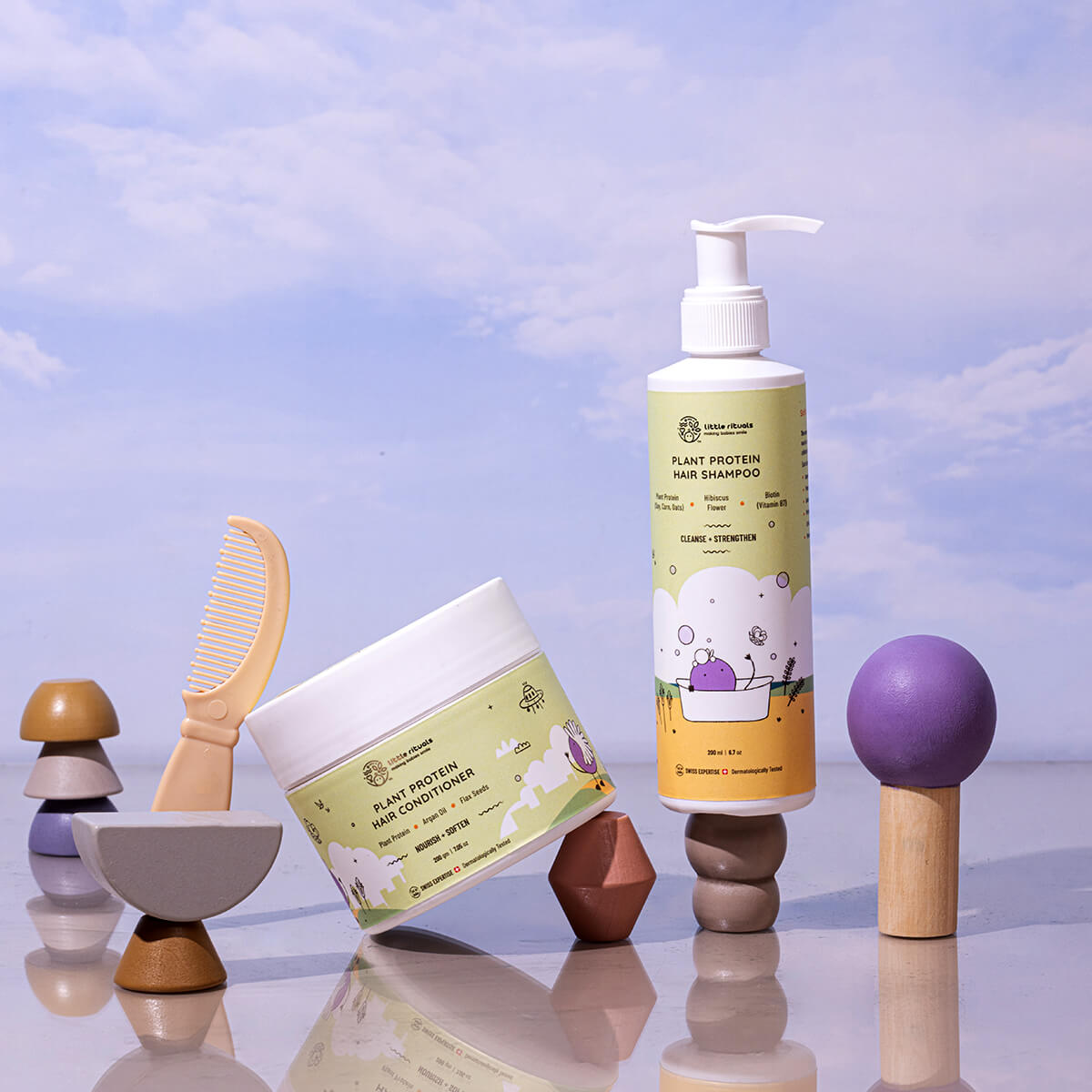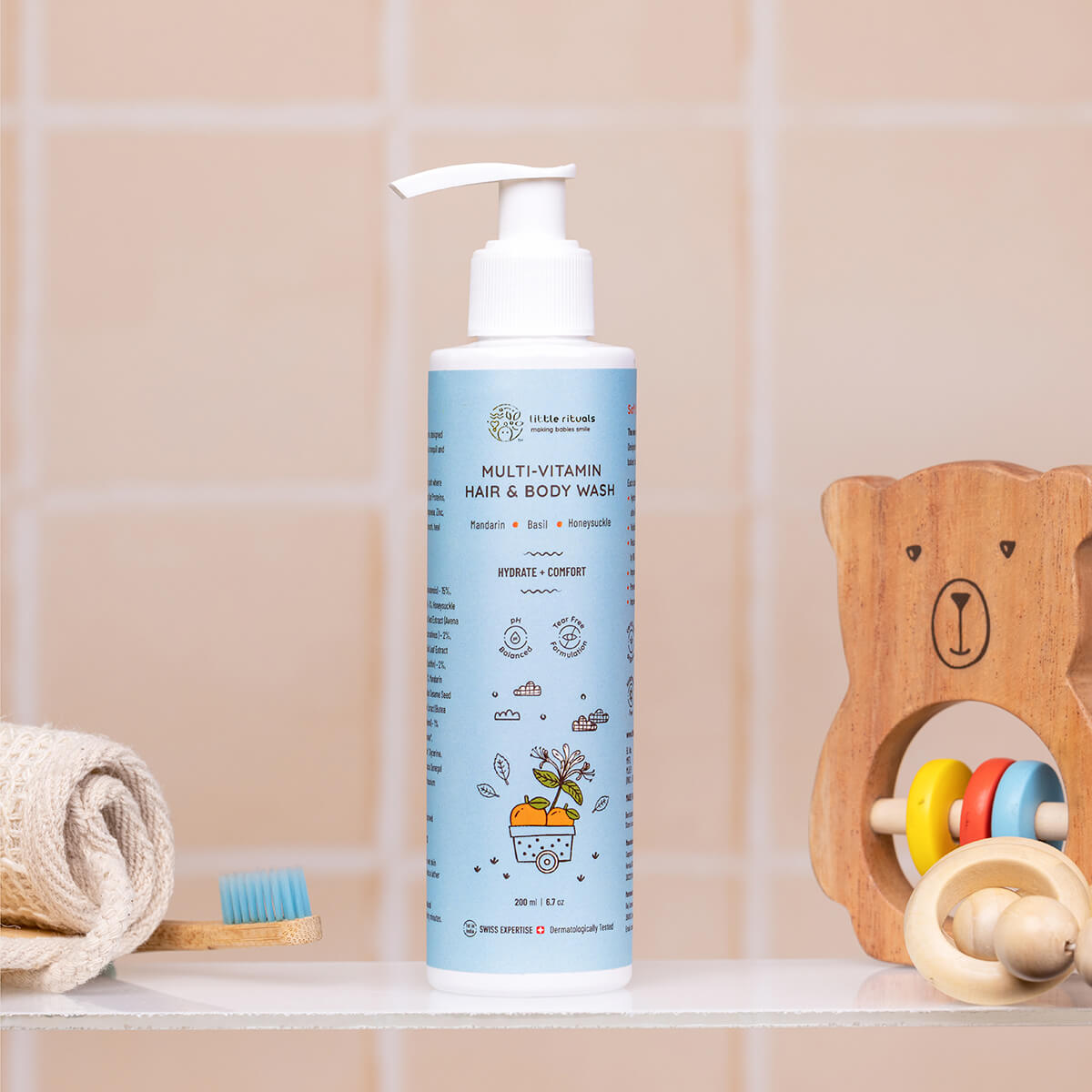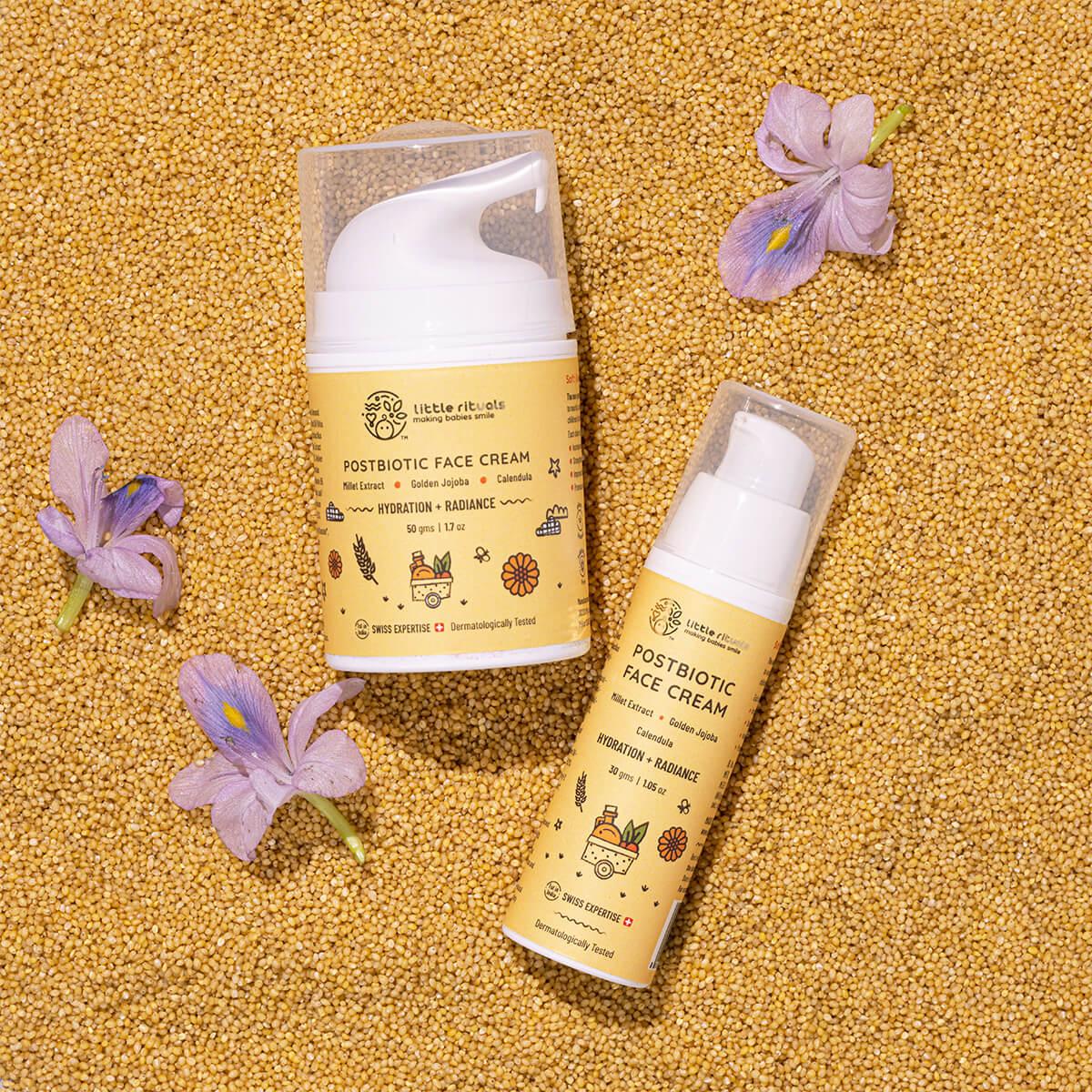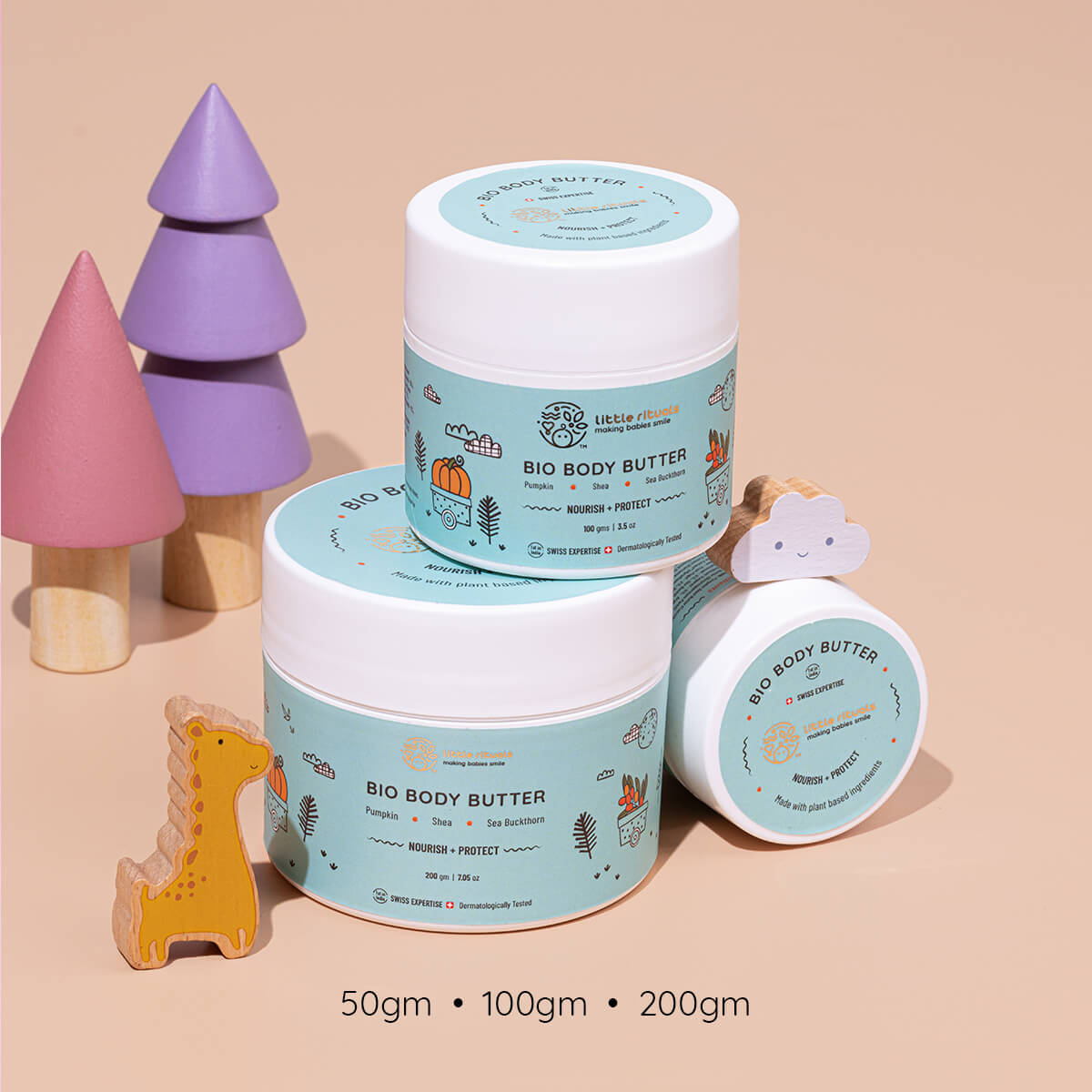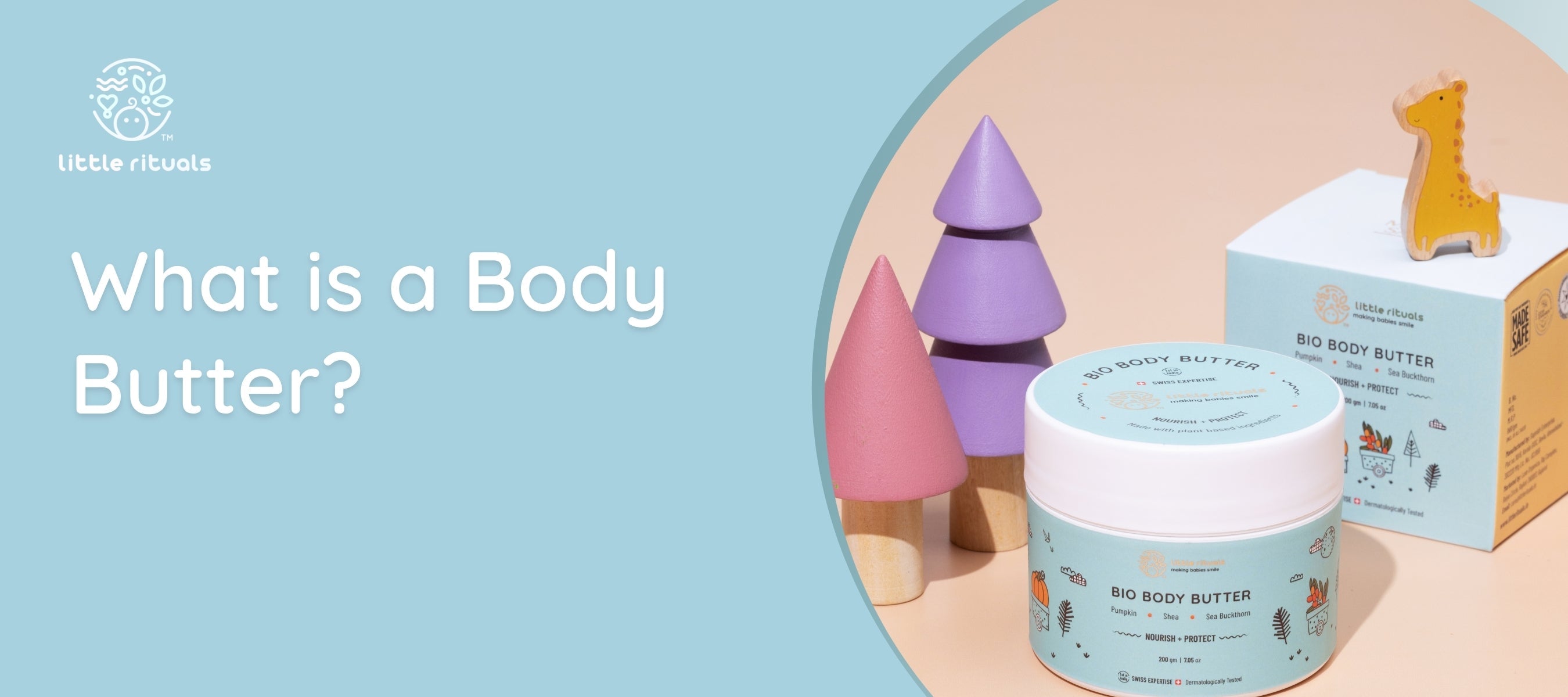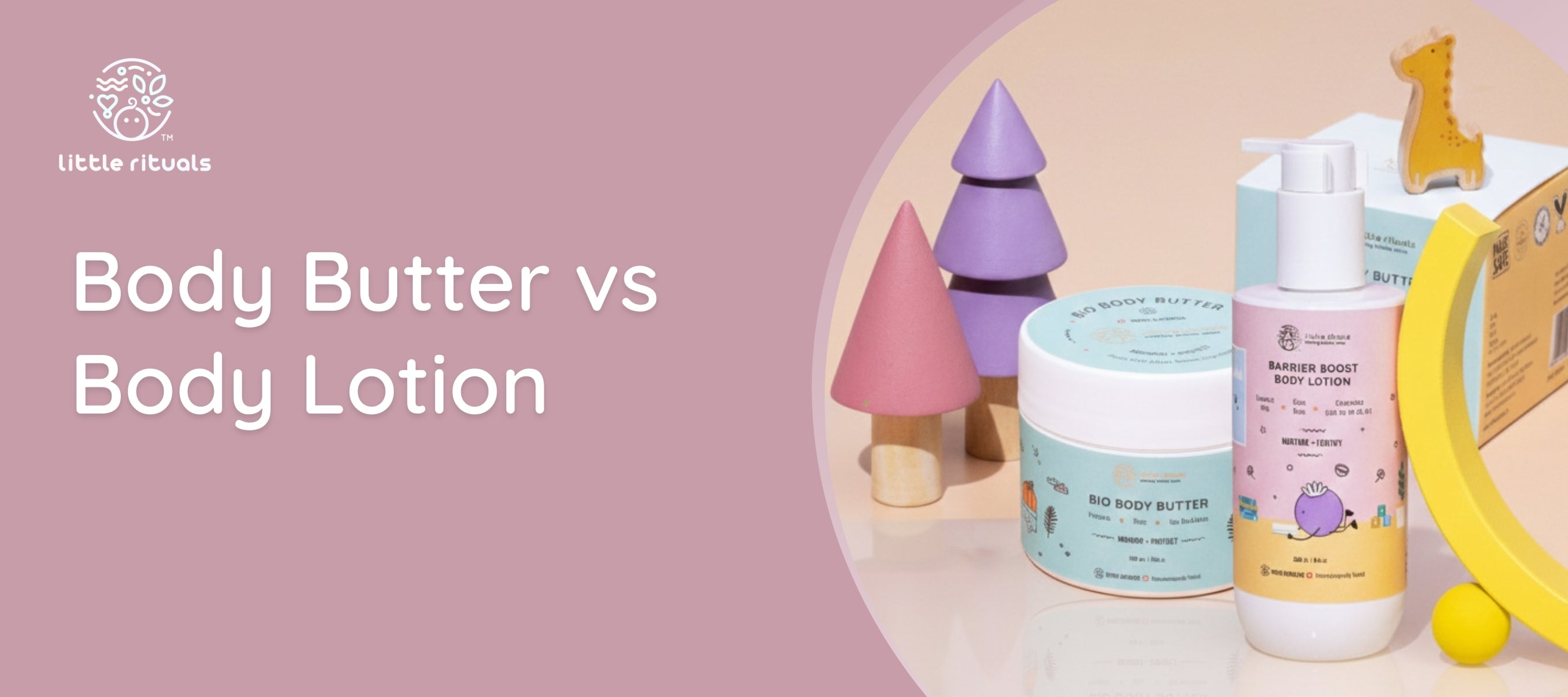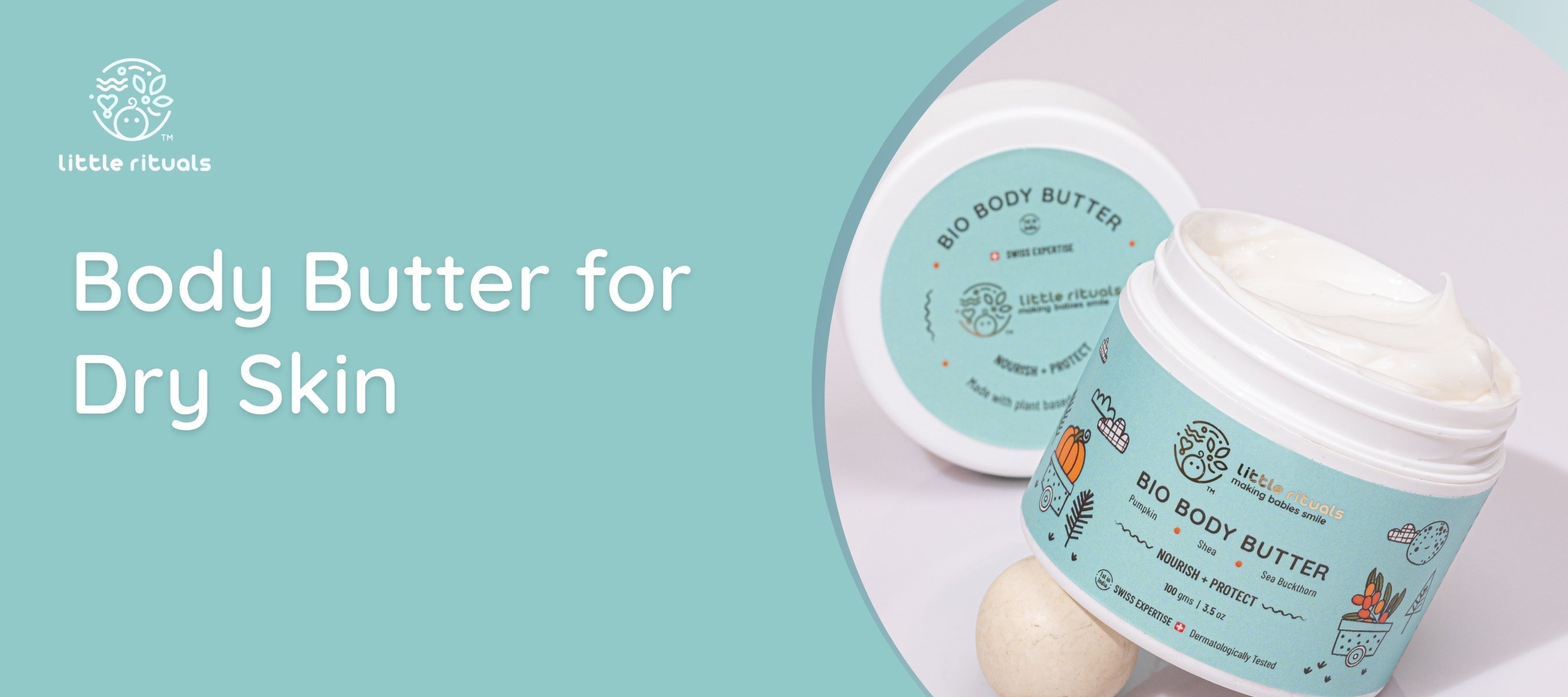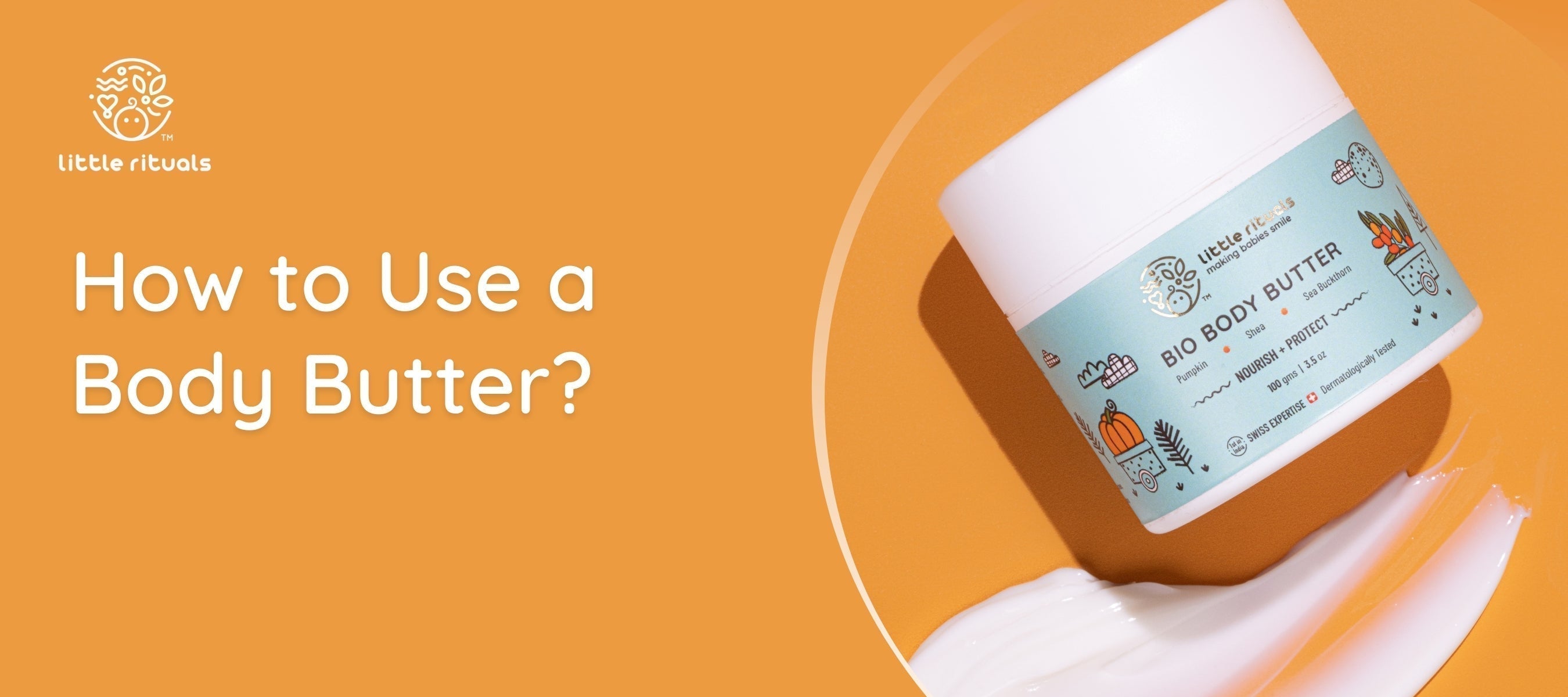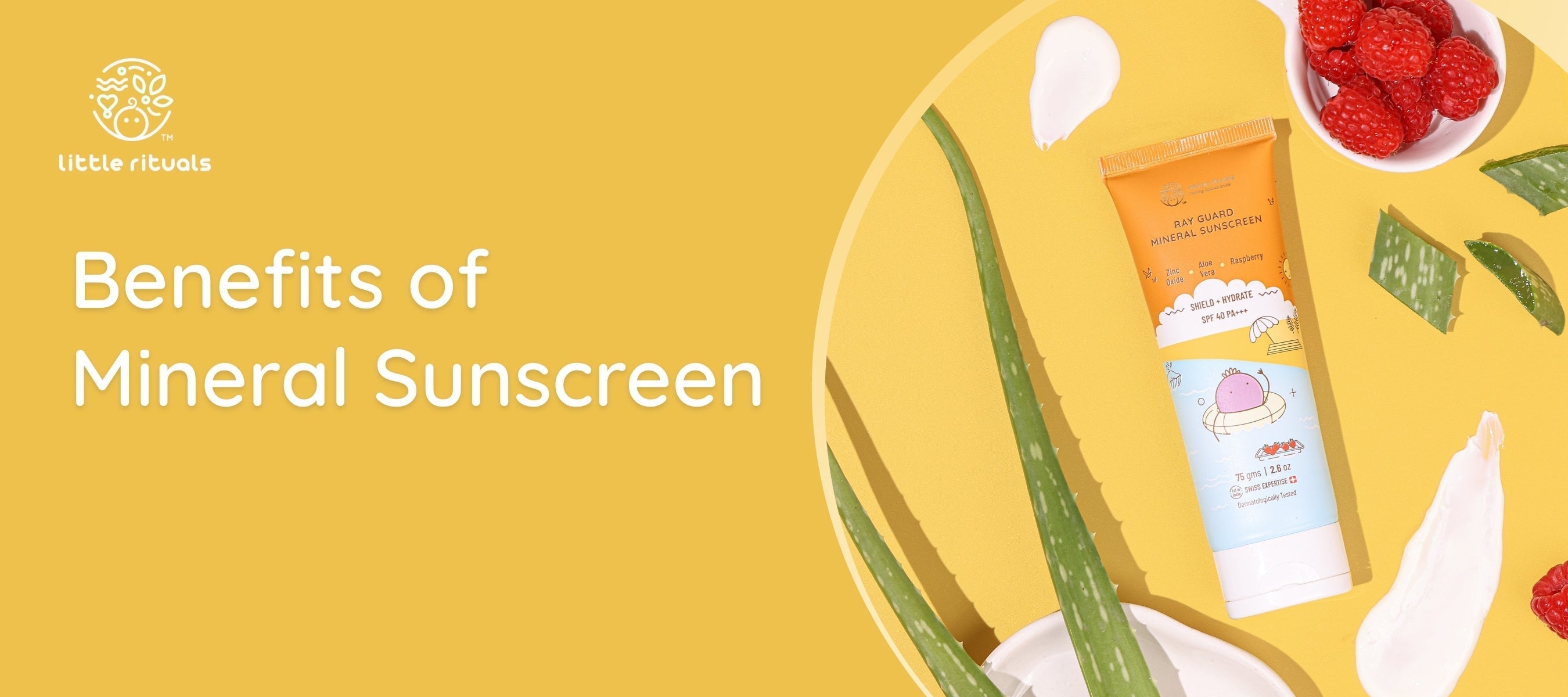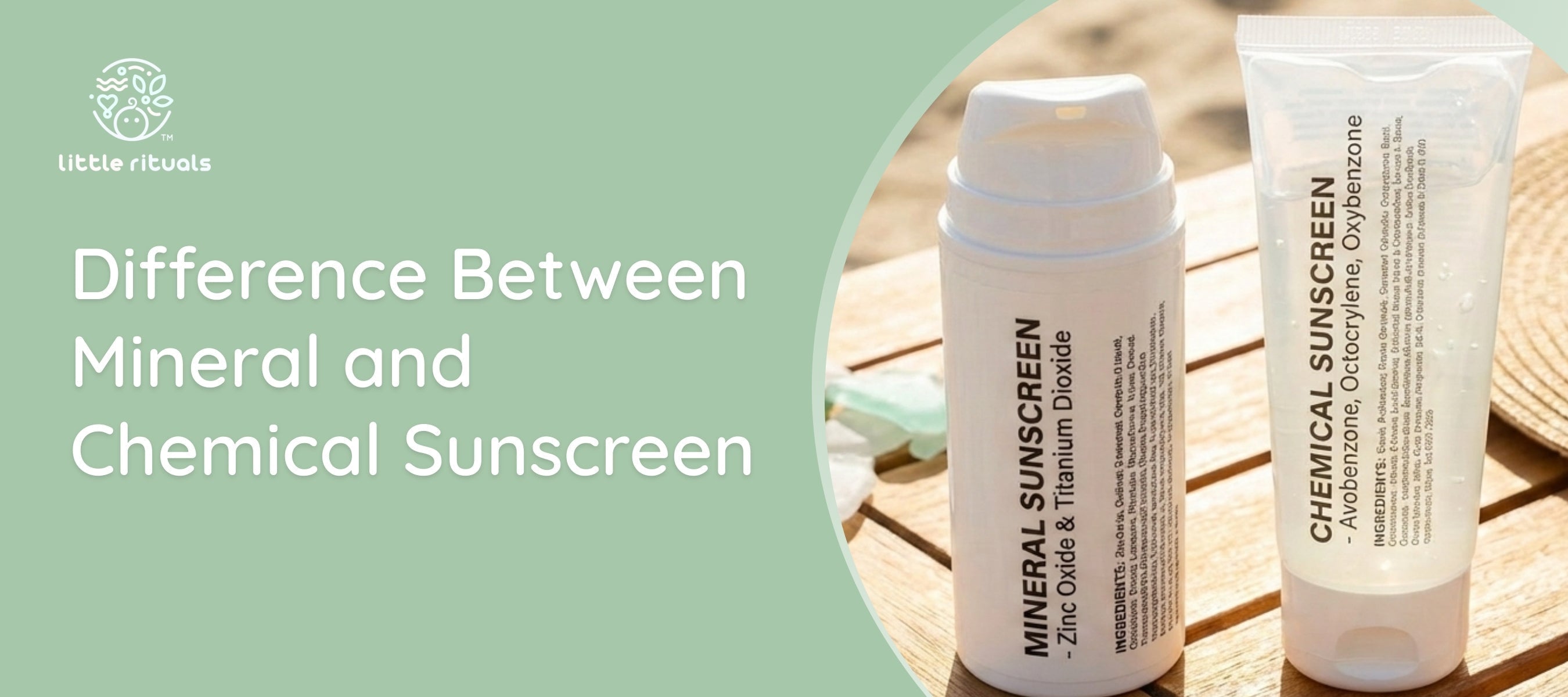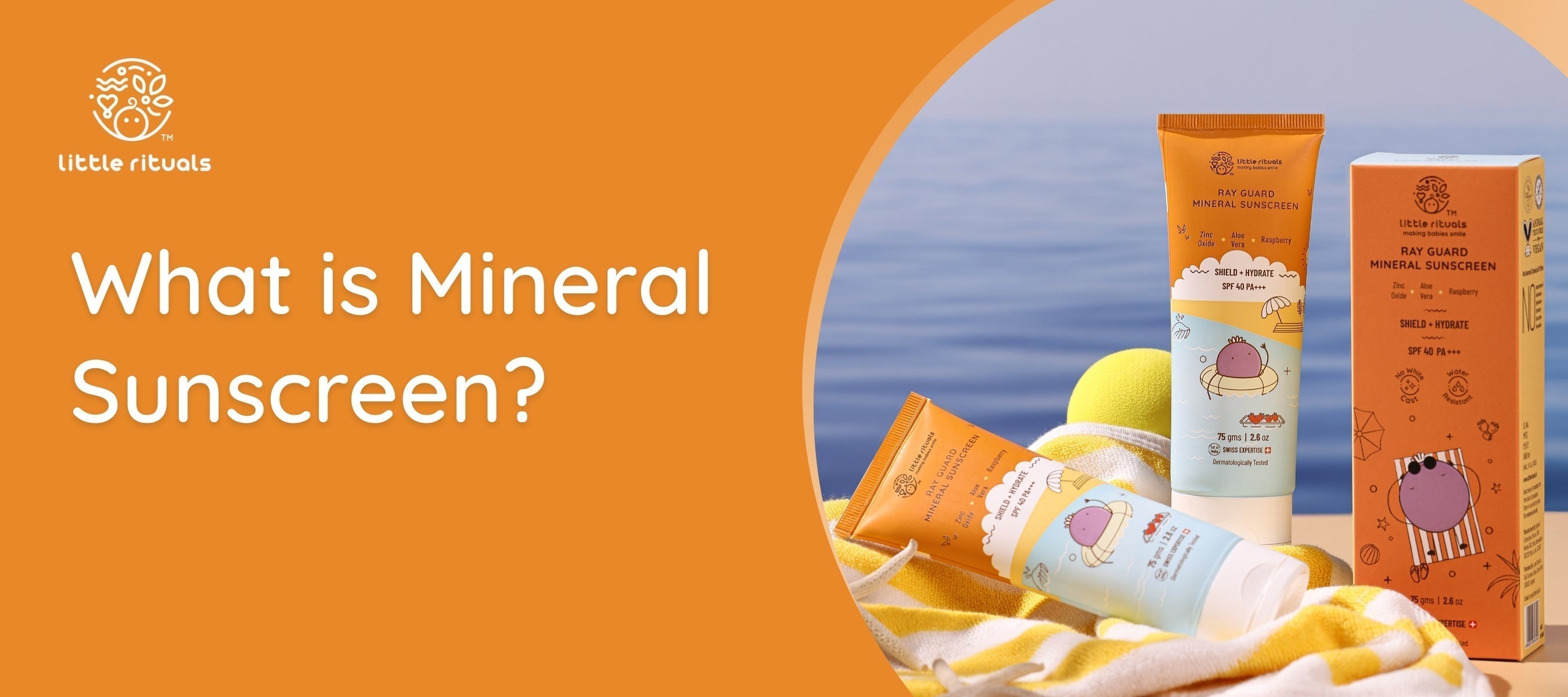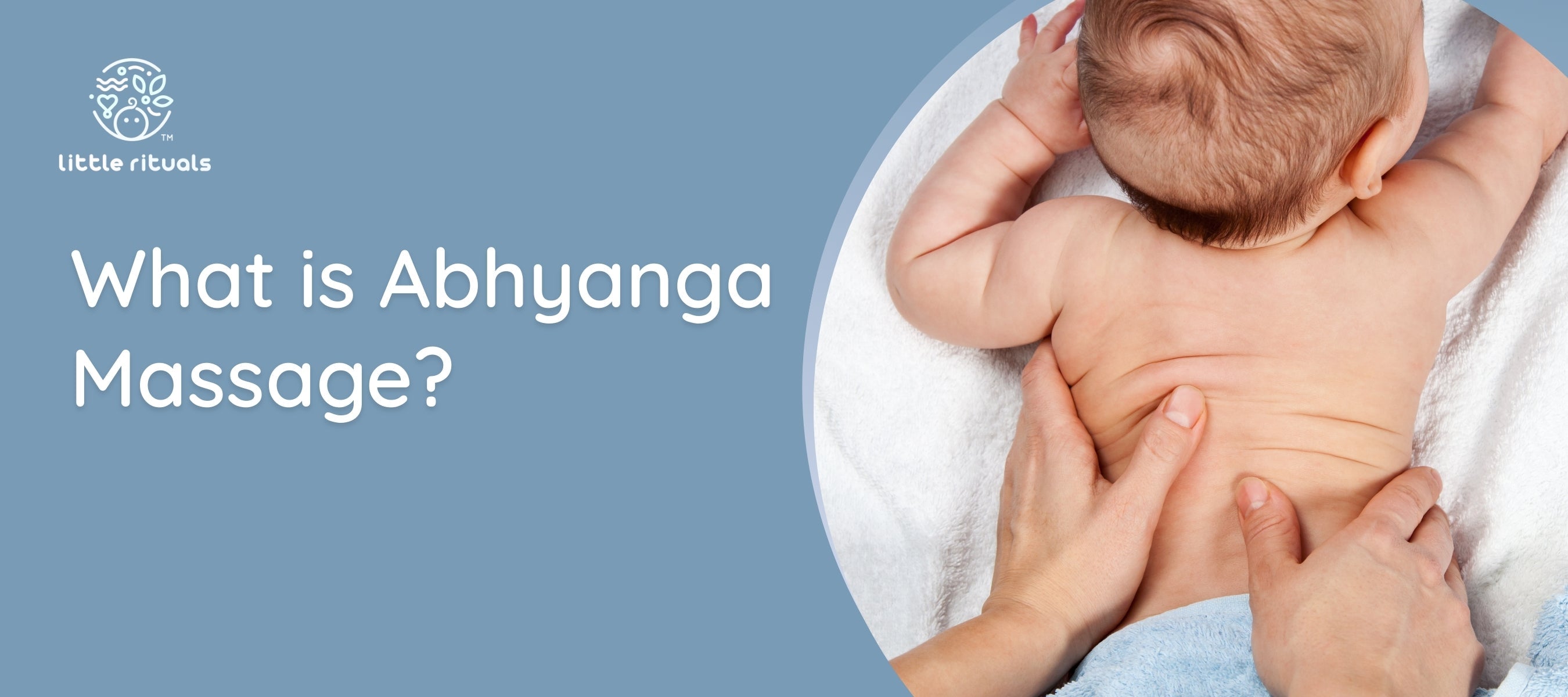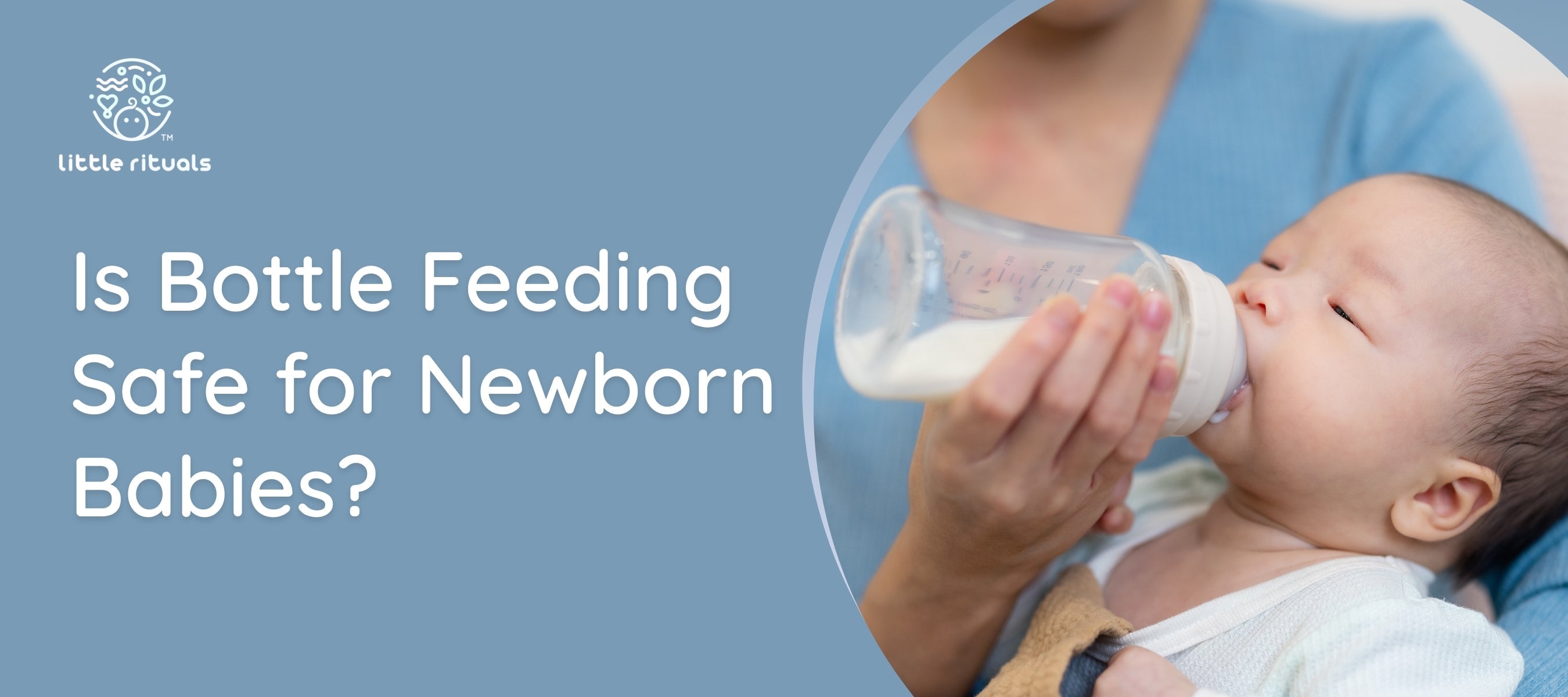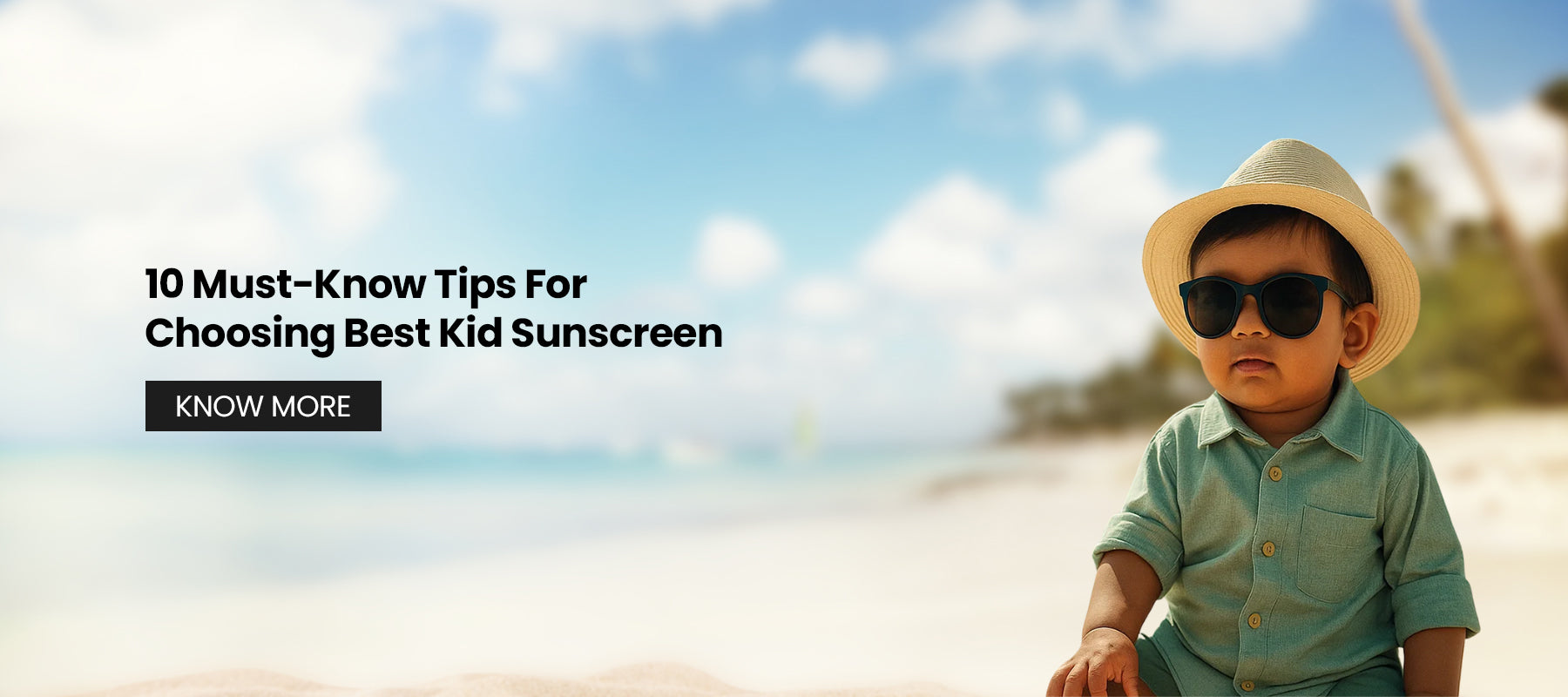
10 Must-Know Tips for Choosing the Best Baby and Kids’ Sunscreen
A bright sunny day at the park often feels like the perfect moment for little explorers to run wild and free. But under that cheerful sun hides a silent threat, harmful UV rays that can have long-lasting effects on a child’s delicate skin. Children's skin is thinner, more sensitive, and more permeable than that of adults, making it significantly more vulnerable to sunburn and long-term sun damage. While floppy hats and shaded prams offer some protection, a high-quality sunscreen specially formulated for babies and kids is an absolute must. But how does one navigate the overwhelming world of SPF numbers, ingredient lists, and fancy marketing claims?
This detailed guide dives into the best baby and kids’ sunscreen tips, from understanding what baby sunscreen actually is, to a complete buying guide packed with SPF selection advice and safe sunblock recommendations, with a strong focus on natural sunscreen for babies and kids.
What is Baby Sunscreen?
Unlike regular sunscreens, baby and kids’ sunscreen is made with tender, developing skin in mind. It avoids the harsh chemical filters found in adult formulas and instead relies on mineral-based ingredients like zinc oxide and titanium dioxide. These minerals don't penetrate the skin; they simply sit on top and reflect UV rays like a mirror, making them gentler and safer for infants and toddlers.
Chemical sunscreens, on the other hand, can absorb into the skin and possibly trigger irritation or allergic reactions. Many of them include questionable ingredients like oxybenzone or parabens, which are especially harmful to a child’s sensitive skin. In contrast, baby and kids’ sunscreens are typically fragrance-free, alcohol-free, and toxin-free, providing clean and safe protection for your child’s most important organ, their skin.

Benefits of Using Sunscreen for Kids
Applying sunscreen isn’t just about avoiding sunburns. It plays a vital role in maintaining your baby and kid’s overall skin health. The right product can help:
-
Prevent Painful Sunburns
A quality sunscreen acts like a shield, blocking direct UV exposure and keeping skin irritation at bay.
-
Block Harmful UV Rays
It prevents both UVA (causes ageing) and UVB (causes burns) rays from damaging the skin.
-
Enhance Skin Health
Sunscreens with nourishing ingredients like aloe vera or coconut oil help hydrate and protect the skin barrier.
-
Prevent Premature Ageing
Daily protection keeps skin firm and smooth by avoiding long-term cellular damage.
-
Reduce Skin Cancer Risk
Regular application of sunscreen from a young age significantly reduces the risk of developing skin cancer later in life.
Related Read: Mineral Sunscreen for Babies: Safe, Gentle, and Effective Summer Protection
Must-Know Tips for Choosing the Best Baby and Kids’ Sunscreen
Here are 10 tips that will help you confidently choose the right sunscreen:
1. Prioritise Natural and Mineral-Based Ingredients
The foundation of the safe sunscreen starts with clean ingredients. A natural sunscreen for babies and kids should ideally include non-nano zinc oxide, which creates a physical barrier without seeping into the skin. Products like Little Rituals’ Ray Guard Mineral Sunscreen use this along with soothing botanicals like turmeric, aloe vera, and raspberry extract to reduce inflammation and hydrate.
Avoid chemical sunscreens that include oxybenzone, octinoxate, parabens, and synthetic fragrances. These can easily cause breakouts or rashes on baby skin.
2. Match Sunscreen with Age and Skin Type
Not all sunscreens are suitable for every age. For babies six months and older, look for products specifically formulated for this age group. Non-nano mineral sunscreens are the safest as they don’t absorb into the skin.
Look for labels that mention “non-greasy” and “smooth application” for a mess-free experience, especially for babies and toddlers with ultra-sensitive skin.
3. Choose Practical Features That Matter
Beyond ingredients, think about real-world usage:
-
Water Resistance: Essential for pool days and sweaty play. Look for sunscreens with up to four hours of protection.
-
Eco-Friendly Choices: Reef-safe sunscreens (typically zinc-based) avoid harming marine life.
-
Portable Packaging: Travel-sized tubes and sunscreen sticks make outdoor applications easier and cleaner.
4. Understand SPF and Broad-Spectrum Protection
SPF 30 blocks about 97% of UVB rays, while SPF 50 blocks 98%. The 1% difference matters when kids spend long hours outdoors.
Equally important is broad-spectrum protection, which guards against both UVA and UVB rays. UVA rays can cause long-term skin damage, while UVB causes burns. A good baby sunscreen buying guide will always recommend going for broad-spectrum products for full coverage.
Little Rituals’ Ray Guard Mineral Sunscreen offers not only broad-spectrum UVA/UVB defense but also protection from blue light and WiFi radiation using their RayBlock WiFi Defense SWISS Technology, making it a modern must-have for urban families.
5. Consider Water and Sweat Resistance
Even the best sunscreen wears off eventually. But products with sweat and water resistance last longer, especially for active babies and kids. Still, reapplying every 2 hours is a must as no sunscreen is truly waterproof.
6. Choose a Brand You Can Trust (and Kids Like)
Beyond ingredients and SPF ratings, the texture and scent of the product matter. If kids don’t like how it feels or smells, they’ll resist using it. Choose a product the whole family likes. This ensures consistent usage.
Little Rituals offers a lightweight, non-greasy, and fast-absorbing formula that children actually enjoy wearing. It also doesn’t leave a chalky white cast, which is a major win for parents and kids alike.
7. Dress Kids Appropriately for Sun
Sunscreen isn’t your only defence. Use it alongside:
-
Long-sleeved, breathable clothing made from tightly woven fabric
-
Wide-brimmed hats for face, neck, and ear protection
-
Baby sunglasses with 100% UV protection
-
UPF-rated clothes for added barrier against UV rays
Together, these offer full-body sun protection.
8. Use SPF 15+ For Babies Over 6 Months
For babies older than 6 months, a sunscreen with at least SPF 15 is essential. For water activities or prolonged sun exposure, go for SPF 30 or higher. Avoid sunscreens with alcohol, which can dry or irritate young skin.
9. Don’t Fall for SPF 100 Myths
There’s a negligible difference between SPF 50 and SPF 100. SPF 50 blocks 98% of UVB rays, while SPF 100 might block 99%. No sunscreen blocks 100%. Stick with SPF 30–50 and reapply often.
10. Be Careful with Spray Sunscreens
Spray sunscreens may seem convenient, but much of the product may disperse in the air, especially on windy days. This not only wastes sunscreen but can also reduce protection. Creams or gels are better for direct, even application on children’s skin.

Why Little Rituals is a Safe Choice for Your Little One
When it comes to baby and kids’ sunblock recommendations, Little Rituals ticks every box. Our Ray Guard Mineral Sunscreen is a blend of clean, effective, and kid-friendly innovation. With non-nano zinc oxide, clinically tested Swiss technology, and natural ingredients like turmeric, raspberry extract, and aloe vera, it ensures full protection without any compromises. It's reef-safe, toxin-free, and comes with the added benefit of WiFi and blue light protection, something few other brands in India offer.
Certified MADE SAFE® USA and transparent about our ingredient percentages, we, at Little Rituals, take baby and kid’s skin protection seriously. With over 6,500 harmful chemicals excluded from our products, parents can rest easy knowing their child's skin is in safe hands.
Final Thoughts
Protecting a child’s skin is not just about avoiding a bad sunburn today, it’s about investing in their lifelong skin health. With growing awareness and better choices available, there’s no need to compromise between safety and effectiveness. By following these 10 essential sunscreen tips for babies and kids, families can confidently pick the right product, ensuring playtime under the sun is always joyful, safe, and worry-free.
From ingredients to packaging, every detail matters. When in doubt, go for natural sunscreens for babies and kids that respect both delicate skin and the planet. Because a sunscreen like Little Rituals’ Ray Guard Mineral Sunscreen doesn’t just guard against the sun, it nurtures, heals, and protects in ways that truly matter.
FAQs
1. What SPF is best for babies and kids?
SPF 30–50 is ideal for kids over 6 months, offering strong UV protection without harsh ingredients.
2. Can babies use regular adult sunscreen?
No, adult sunscreens often contain chemicals that can irritate a baby’s sensitive skin.
3. How often should I reapply sunscreen on kids?
Every 2 hours or after swimming or sweating, even with water-resistant formulas.
4. Are spray sunscreens safe for kids?
They’re not ideal. Cream or gel sunscreens provide better, more even coverage on children’s skin.
